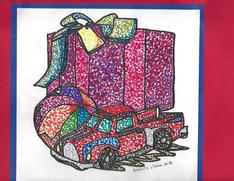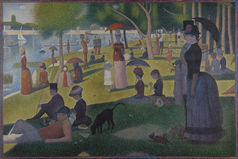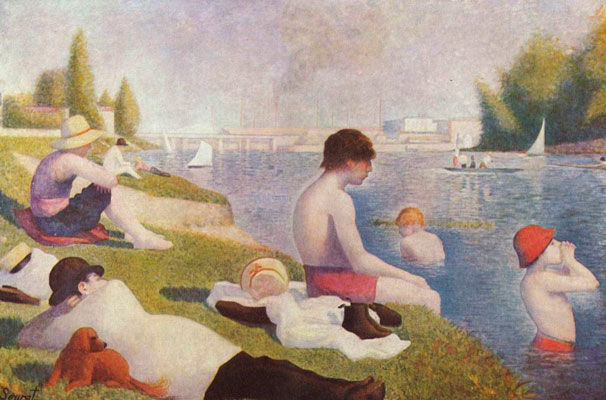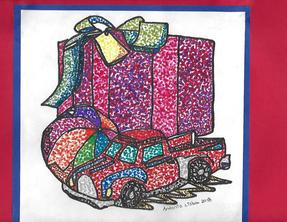PointillismPointillism /ˈpɔɪntɪlɪzəm/ is a technique of painting in which small, distinct dots of color are applied in patterns to form an image. Georges Seurat and Paul Signac developed the technique in 1886, branching from Impressionism.
While Impressionists used small dabs of paint as part of their technique,Pointillism took this to the next level using only small dots of pure color to compose an entire painting.
|
Directions:
1. We will read about, discuss and look at paintings of George Seurat.
2. You will watch the video on the technique of stippling using marker and paint.
3. You will practice the technique after watching the video.
Once you are comfortable with the technique, you will choose a picture from the handouts and create your own composition using the pointillism technique.
1. We will read about, discuss and look at paintings of George Seurat.
2. You will watch the video on the technique of stippling using marker and paint.
3. You will practice the technique after watching the video.
Once you are comfortable with the technique, you will choose a picture from the handouts and create your own composition using the pointillism technique.
|
Assessment:
|
National Standards for Visual Arts Education
Content Standard #3 — Choosing and evaluating a range of subject matter, symbols, and ideas. 5-8 • Students use subjects, themes, and symbols that demonstrate knowledge of contexts, values, and aesthetics that communicate intended meaning in artworks. Content Standard #6 — Making connections between visual arts and other disciplines. 5-8 • Students describe ways in which the principles and subject matter of other disciplines taught in the school are interrelated with the visual arts. |
|






